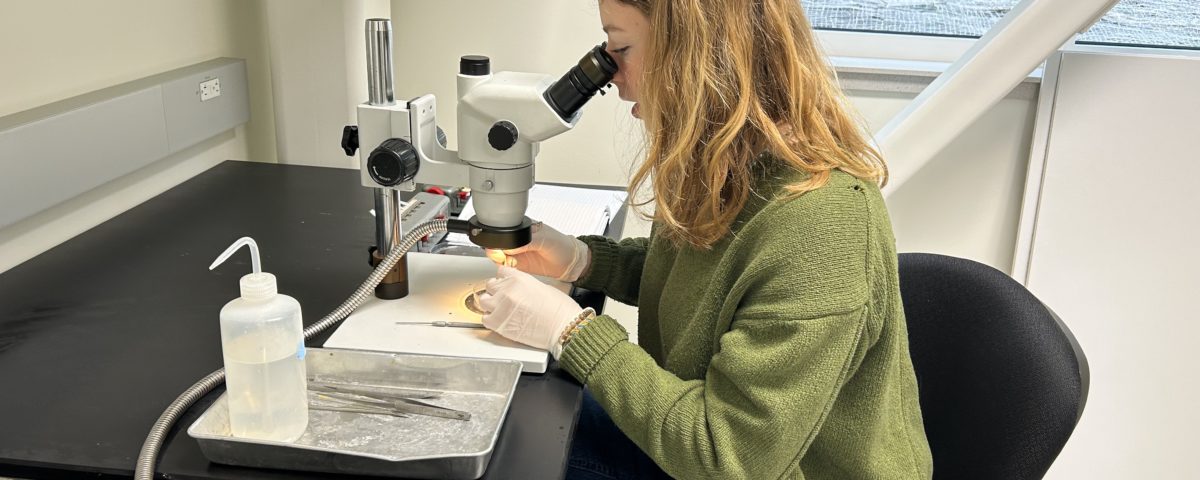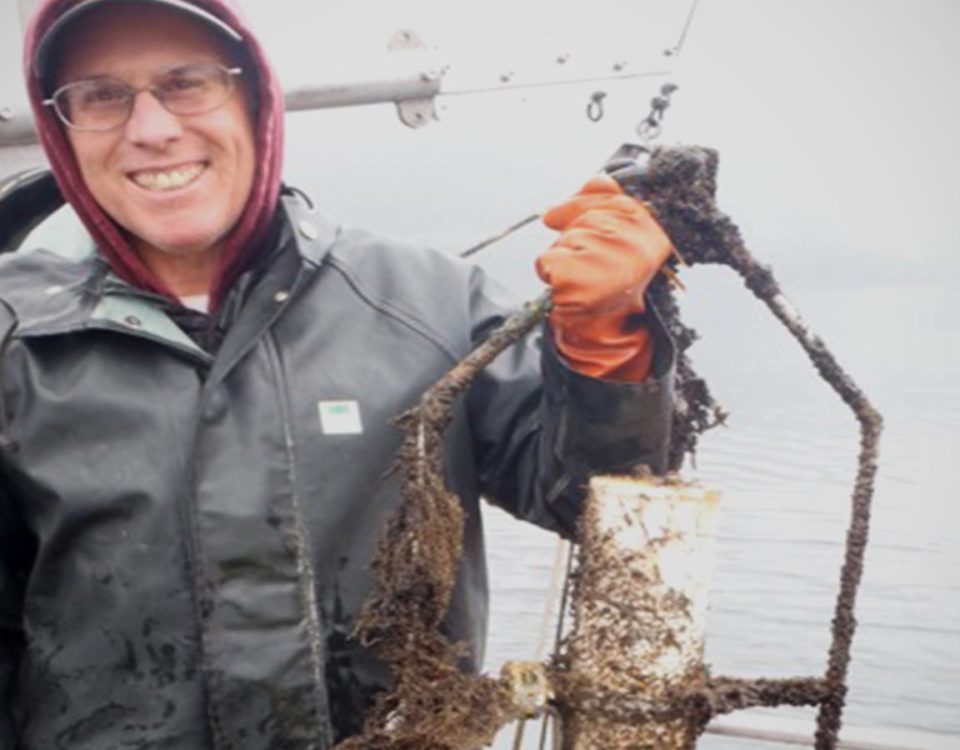Pink salmon and herring interactions

PROJECT
Pink Salmon and Herring Interactions
Background
Since the collapse of the Pacific herring population in Prince William Sound (PWS), Alaska during the mid-1990s, hatchery production of pink salmon in PWS has increased dramatically. Importantly, ecological interactions between these species may have consequences for recruitment of both populations. These interactions could include competition (for space and food), predation (herring are known to feed on juvenile salmon and juvenile salmon may be feeding on larval and juvenile herring), and disease transmission. Currently, PWS is home to the largest pink salmon hatchery program in the world and the herring population remains depressed. There is growing interest in the ecological impacts of the large number of pink salmon released in PWS. Reports documenting the impacts of increased pink salmon releases in the North Pacific Ocean on other salmon populations and ecosystem processes have motivated the Exxon Valdez Oil Spill Trustee Council (EVOSTC) to request information on ecological interactions between pink salmon and herring in PWS, in an effort to explain why herring remain an injured resource.
Methods
Our study has four different methods to investigate and understand the implications of ecological interactions occurring between herring and juvenile salmon. These include: 1) a retrospective analysis of historical data to examine spatial and temporal overlaps in occurrence of herring and pink salmon in PWS, 2) conduct field sampling to determine current probabilities of co-occurrence of herring and juvenile pink salmon in near-shore and off-shore habitats of PWS, 3) assess ecological interactions between herring and pink salmon that occur in both near-shore and off-shore habitats based on focused field and laboratory work (including diet analysis, isotope analysis, body condition analysis, and disease prevalence), and 4) develop models that evaluate factors that may help explain variation in marine survival of salmon to assist in the management of the commercial salmon fishery in PWS.
What we are learning
This project is intended to provide information that can be used to examine whether the combined production of wild and hatchery pink salmon may be constraining herring recovery in PWS. Our study is designed to identify particular mechanisms that may be important in explaining recruitment dynamics in both species. The project will also develop a model that could prove useful in predicting returns of wild and hatchery pink salmon for use in fisheries management.
PRINCIPAL INVESTIGATORS
Pete Rand, Ph.D.PWS Science Center
prand@pwssc.org
Rob Campbell, Ph.D.
PWS Science Center
rcampbell@pwssc.org
Ron Heintz, Ph.D.
NOAA
ron.heintz@noaa.gov
Kristen Gorman, Ph.D.
Pws Science Center
kgorman@pwssc.org




